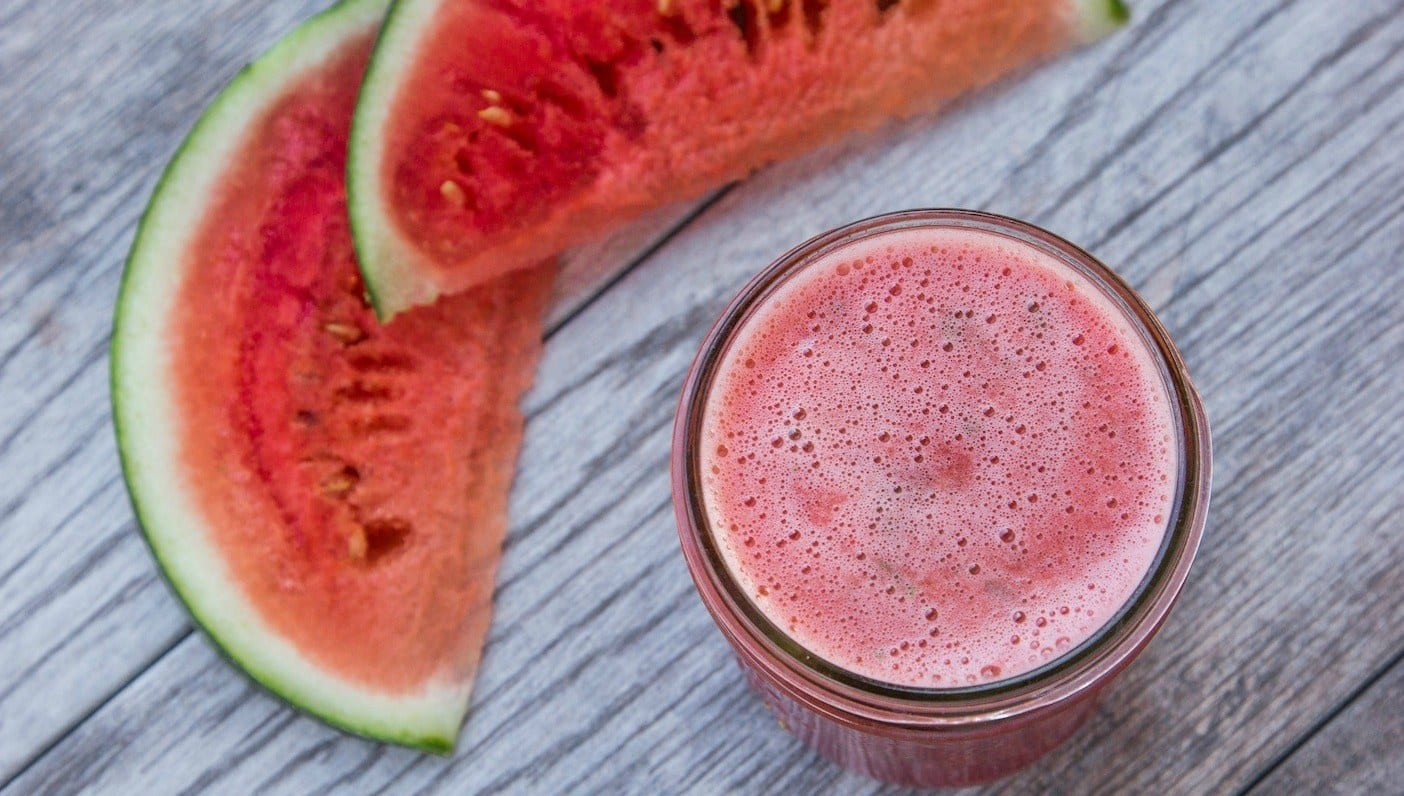
Swapping heavier foods for lighter ones not only makes us healthier, but helps to refresh us and keep our energy up. And with all the vibrant produce out there, it’s not exactly a huge task to choose fruit over french fries.
Two of the easiest ways to up the produce intake, however, aren’t about what we’re eating, but what we’re drinking: Smoothies and juices are where it’s at. So what’s the actual difference between them?
The Low Down On Juices
Juicing has gained some serious traction as a means to detox and revitalize our bodies. Whether it’s all it’s cracked up to be is still a matter of debate. Yes, it’s a good source of vitamins and minerals, but, alternatively, juices are also heavily concentrated—meaning they can be high in calories and sugar content.
While juicing may be a quick-fix slim down trick, is it actually as healthy as we’re led to believe? Refinery29’s Lucie Fink tried five days on a juice cleanse. If you don’t have the time to watch the video on her experience, we’ll sum it up for you quick: It didn’t go very well.
Juices alone don’t make for a sustainable diet for your body. Your body needs more—both more substance and more nutrients. According to CNN, Jennifer Nelson (a director at Mayo Clinic, and an authority on diet and nutrition), “consuming your food in liquid form may also leave you feeling less fulfilled, meaning you’ll eat more calories than you would if you simply chewed the food.”
Smoothies for the… Fiber?
When we turn to the other liquid staple—smoothies—how do they stack up? Taking a closer look at “blending vs. juicing,” the New York Times attempts to determine which of the two is a healthier choice. They short answer? Smoothies can be more beneficial than juices.
To weigh in on the matter, the NYT called Robin Foroutan, a spokeswoman for the Academy of Nutrition and Dietetics. First, and foremost, when it comes to smoothies, homemade is best. You might want to say sayonara to those store bought smoothies. According to the NYT, they’re ” just as caloric and loaded with added sugar as a milkshake—especially if it’s super-sized.”
Compared to a fruit smoothie, unsweetened apple juice or orange juice have only 2 grams more of sugar. Yet still, according to Robin, “Juice would cause the biggest spike in blood sugar,” followed by smoothies, and then the actual fruit itself.
The biggest difference between juices and smoothies lies in the fiber content, though. While both apple and orange juice contain a minimal amount—less than a gram of fiber according to the NYT—the fruit smoothie has a whopping 12 grams in comparison.
Since juices don’t make for a great meal replacement, a fruit, veggie, and protein packed smoothie—or smoothie bowl!—may be a better choice. Those add-ins (think avocado and almond butter) may raise the caloric-count, but they’ll raise the nutritional value, too. An added bonus? A packed smoothie may have the potential to leave you feeling more satisfied and full too.
Go forth and blend with abandon! Share your favorite go-to smoothie recipes with us in the comments below.
—
 Maggie Peikon is a New York native, writer, and sufferer of insatiable wanderlust. An avid endorphin seeker she has a constant need to be moving, seeking adventure in all she does. She is a lover of travel, daydreaming, fitness, thunderstorms, and her dog, Finley. Despite the fact that she has to take medication daily due to a thyroidectomy, Maggie still believes that laughter will always be the best medicine. Follow her musings on Instagram and Twitter.
Maggie Peikon is a New York native, writer, and sufferer of insatiable wanderlust. An avid endorphin seeker she has a constant need to be moving, seeking adventure in all she does. She is a lover of travel, daydreaming, fitness, thunderstorms, and her dog, Finley. Despite the fact that she has to take medication daily due to a thyroidectomy, Maggie still believes that laughter will always be the best medicine. Follow her musings on Instagram and Twitter.